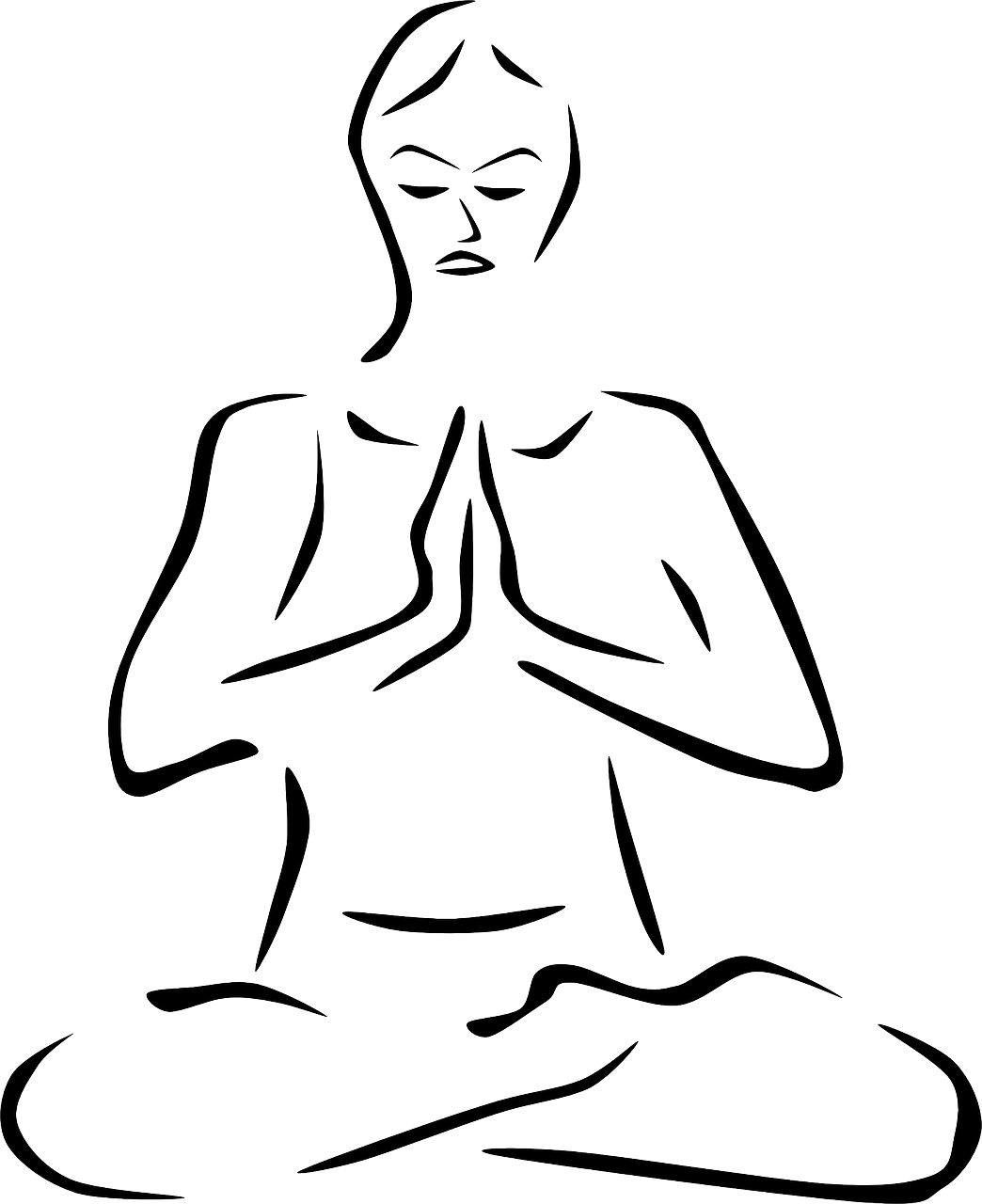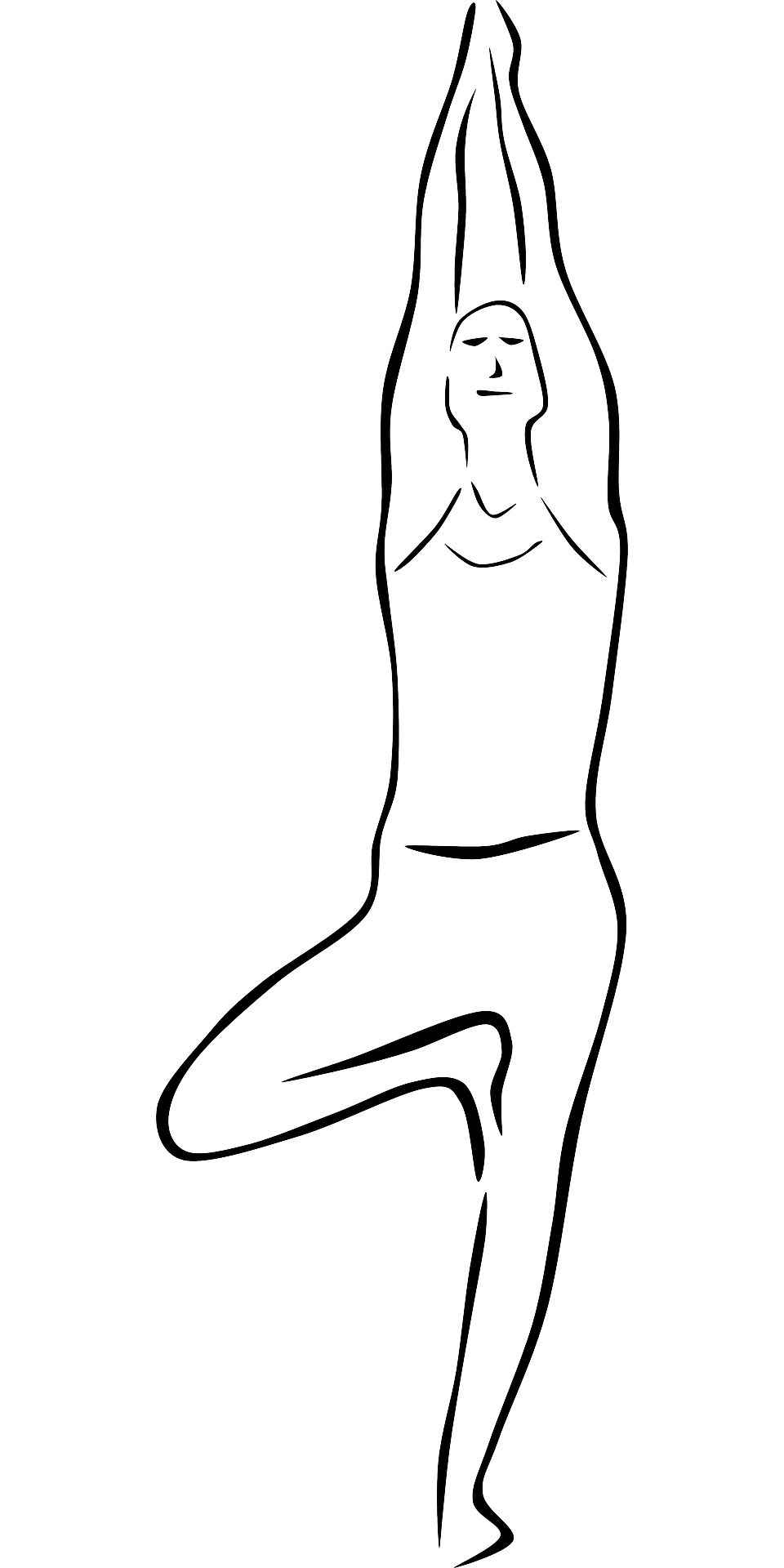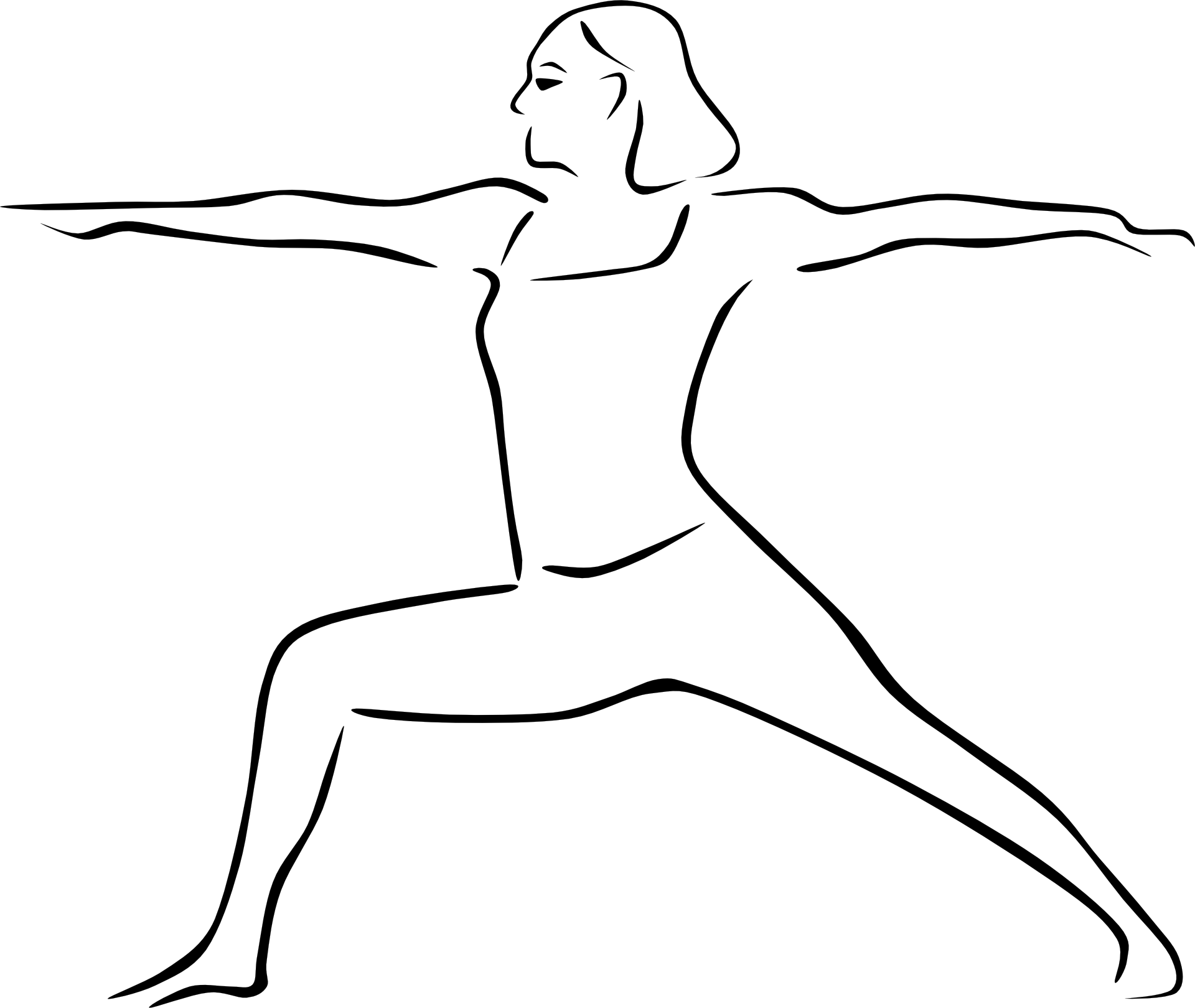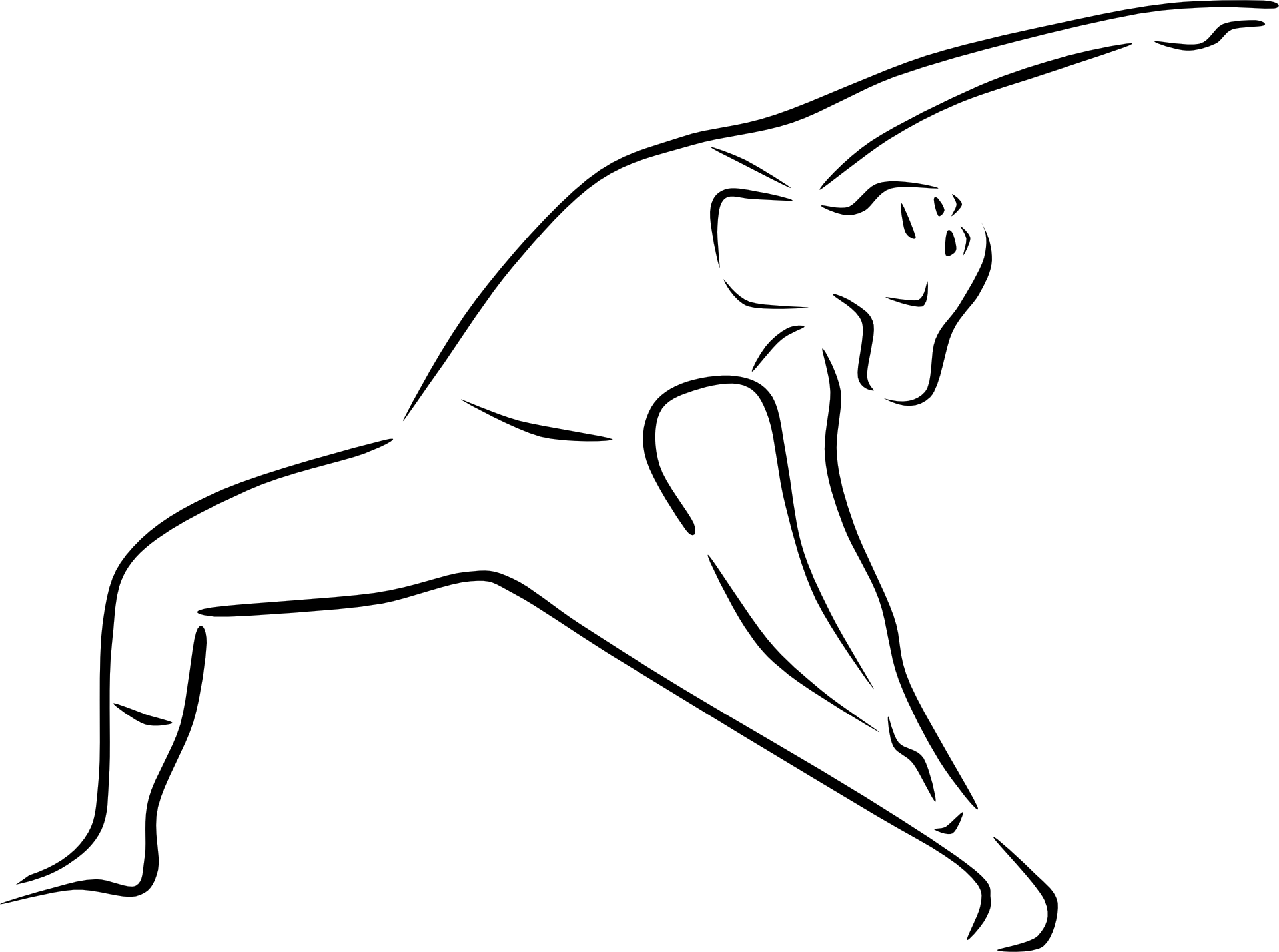How Yoga Alleviates Stress Related Conditions And Body Aches
 Any situation the body perceives as dangerous or threatening triggers the stress or “fight or flight” response in the body. This threat may be overt physical danger or more subtle, dealing with interpersonal conflict such as a disagreement with a coworker or situational pressures, like coping with financial problems.
Any situation the body perceives as dangerous or threatening triggers the stress or “fight or flight” response in the body. This threat may be overt physical danger or more subtle, dealing with interpersonal conflict such as a disagreement with a coworker or situational pressures, like coping with financial problems.
The body’s efforts to deal with a threatening situation cause a series of reactions. The heart accelerates to provide maximum oxygen levels to organs and cells. The muscles tighten and shorten to prepare for action, to maneuver through the situation, to fight or to flee from the danger. Adrenaline courses through the body heightening awareness and providing a quick burst of energy.
The automatic stress response serves a purpose. It protects the body. However, chronic stress, remaining in a stress response state for a prolonged period of time, takes a negative toll on the body. It causes physical and psychological distress, which affects a person’s overall health and well-being.
Effects Of Stress 
43% of all adults suffer from health problems because of stress.
75% to 90% of all doctor’s office visits are for stress-related ailments and complaints. Stress is a key contributor to heart disease, headaches, body aches, high blood pressure, diabetes, skin conditions, asthma, arthritis, anxiety, and depression. The 50% prevalence of any emotional disorder is typically due to untreated stress. The Occupational Safety and Health Administration (OSHA) reports that stress is a significant hazard in the workplace and results in costs of over $300 billion annually.
Symptoms of chronic stress related to the continuous release of stress hormones and an elevated metabolism:
The digestive system may experience stress as stomach aches, nausea, and intestinal irritability.
Mentally, a person under chronic stress may experience racing thoughts, unreasonable worrying, lack of focus and disorganization and pessimism.
Loss of Quality Sleep
A person under chronic stress also displays emotional and behavioral markers of the condition. They may become irritable, experience feelings of overwhelm, anxiety, depression and low self-esteem. Stress associated behaviors, overeating or undereating, avoidance and displaying nervous behaviors like nail biting and pacing emerge under chronic stress.
Stress related aches and pains could occur in different parts of the body. When the muscles shorten or tighten to prepare for action within the stress response then remain that way, it causes aches and pains in different parts of the body. Where muscular tension presents itself while under stress varies from one person to another. Some people may clench or tighten their jaw causing pain and discomfort in this area and possibly across the forehead and scalp. Other people hold tension in the shoulders and neck. Some people may find themselves experiencing chronic backaches.
How Yoga Can Help With Stress Related Aches And Conditions 
Essentially, yoga acts as a therapeutic antidote to stress; it provides physical, mental, and emotional relief to people experiencing chronic stress. Relief occurs during the actual yoga practice and the benefits continue to present beyond sessions when a person practices yoga consistently. Yoga poses ease stress related aches and pains due to muscular tension. The yoga poses stretch, lengthen, strengthen, and relax tense muscles. The meditation and breathing exercises calm the mind and the nervous system. They also allow a person to reestablish mental focus and clarity during and following practice.
The breath work and poses practiced during yoga elicit the relaxation response in the body, which helps to decrease and regulate stress hormones. It is also important to note that yoga has a profound effect on various aspects of one’s health, including the ability to lower blood pressure, prevent heart disease, help regulate blood sugars in diabetes, and decrease anxiety, all of which are commonly seen with chronic stress.
How To Utilize Yoga To Manage Stress 
If one intends to develop a yoga practice as part of a stress management plan, consistency is key to success. Yoga provides progressive therapy. The poses reshape and improve the health and functionality of the muscles, the joints and organs over time; it is a form of training and as with any training, regular practice sets the stage for progress.
This also applies to the meditative and relaxation exercises associated with the practice. According to Dr. Debra Fulghum Bruce, PhD, recent studies show as little as three months of weekly yoga practice, relieves stress related headaches, backaches, reduces stress, and lowers cortisol (stress hormone) secretions. It also lowers blood pressure and improves participant’s mood. Practicing yoga has been shown to relieve the immediate symptoms of stress related aches, pains, mental distress, and negative emotional states. It also appears to effectively counter the fight or flight stress response by lowering cortisol levels and teaching the mind to observe (through meditation) rather than react to situations. People experiencing chronic stress can benefit greatly from incorporating a yoga practice in their health regimen.
You can begin with yoga by joining a class that is led by a qualified instructor. There are also instructional programs available on DVD. It is very important to learn proper techniques for poses and breath work to reap all the benefits yoga has to offer.
If you found this article beneficial, be sure to view our Ebooks by becoming a member. Just CLICK HERE! Stay healthy!

 Previous Post
Previous Post Next Post
Next Post
[…] the same time. Swimming requires a broad range of motion which means your joints and ligaments stay flexible. If you actually swim around the pool you will be lengthening your body with every stroke. To get a […]